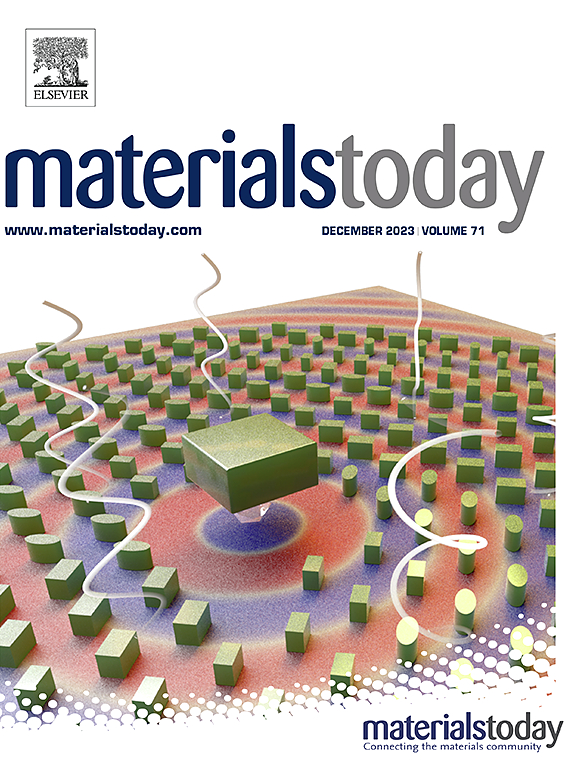Piezoelectric-driven self-charging energy storage systems: From fundamental materials to emerging applications
IF 21.1
1区 材料科学
Q1 MATERIALS SCIENCE, MULTIDISCIPLINARY
引用次数: 0
Abstract
With the widespread deployment of fifth-generation mobile communication technologies and cutting-edge microchips, the development of new electronics is undergoing significant transformation, particularly with the emergence of wearable and implantable devices. To address power supply challenges, such devices require adaptable energy systems that can meet their performance demands. Piezoelectric-driven self-charging energy storage systems (PS-ESS) are an emerging integrated energy technology that combines energy conversion and energy storage in a single unit eliminating the need for external charging circuits. As a result, they have garnered considerable attention. PS-ESS can harvest and store mechanical energy from various sources, including, but not limited to, activities like finger tapping, walking, and joint bending, making them promising candidates for powering smart devices. Despite rapid advancements in PS-ESS, a comprehensive review covering the theoretical challenges, engineering obstacles related to materials and device construction, and potential applications is still lacking. In this review, we summarize recent progress in PS-ESS, with a focus on self-charging mechanisms, piezo-component fabrication strategies, and emerging applications in wearable and implantable health-monitoring electronics. Finally, we discuss the challenges that must be addressed to advance PS-ESS technology, as well as future perspectives.
压电驱动自充电储能系统:从基础材料到新兴应用
随着第五代移动通信技术和尖端微芯片的广泛部署,新电子产品的发展正在经历重大变革,特别是随着可穿戴和可植入设备的出现。为了解决供电方面的挑战,此类设备需要能够满足其性能要求的适应性能源系统。压电驱动的自充电储能系统(PS-ESS)是一种新兴的集成能源技术,它将能量转换和能量存储结合在一个单元中,无需外部充电电路。因此,它们获得了相当大的关注。PS-ESS可以从各种来源收集和储存机械能,包括但不限于手指敲击、行走和关节弯曲等活动,这使它们成为智能设备供电的有希望的候选者。尽管PS-ESS技术进步迅速,但目前仍缺乏涵盖理论挑战、与材料和器件结构相关的工程障碍以及潜在应用的全面综述。在这篇综述中,我们总结了PS-ESS的最新进展,重点是自充电机制、压电元件制造策略以及在可穿戴和植入式健康监测电子产品中的新兴应用。最后,我们讨论了推进PS-ESS技术必须解决的挑战,以及未来的前景。
本文章由计算机程序翻译,如有差异,请以英文原文为准。
求助全文
约1分钟内获得全文
求助全文
来源期刊

Materials Today
工程技术-材料科学:综合
CiteScore
36.30
自引率
1.20%
发文量
237
审稿时长
23 days
期刊介绍:
Materials Today is the leading journal in the Materials Today family, focusing on the latest and most impactful work in the materials science community. With a reputation for excellence in news and reviews, the journal has now expanded its coverage to include original research and aims to be at the forefront of the field.
We welcome comprehensive articles, short communications, and review articles from established leaders in the rapidly evolving fields of materials science and related disciplines. We strive to provide authors with rigorous peer review, fast publication, and maximum exposure for their work. While we only accept the most significant manuscripts, our speedy evaluation process ensures that there are no unnecessary publication delays.
 求助内容:
求助内容: 应助结果提醒方式:
应助结果提醒方式:


